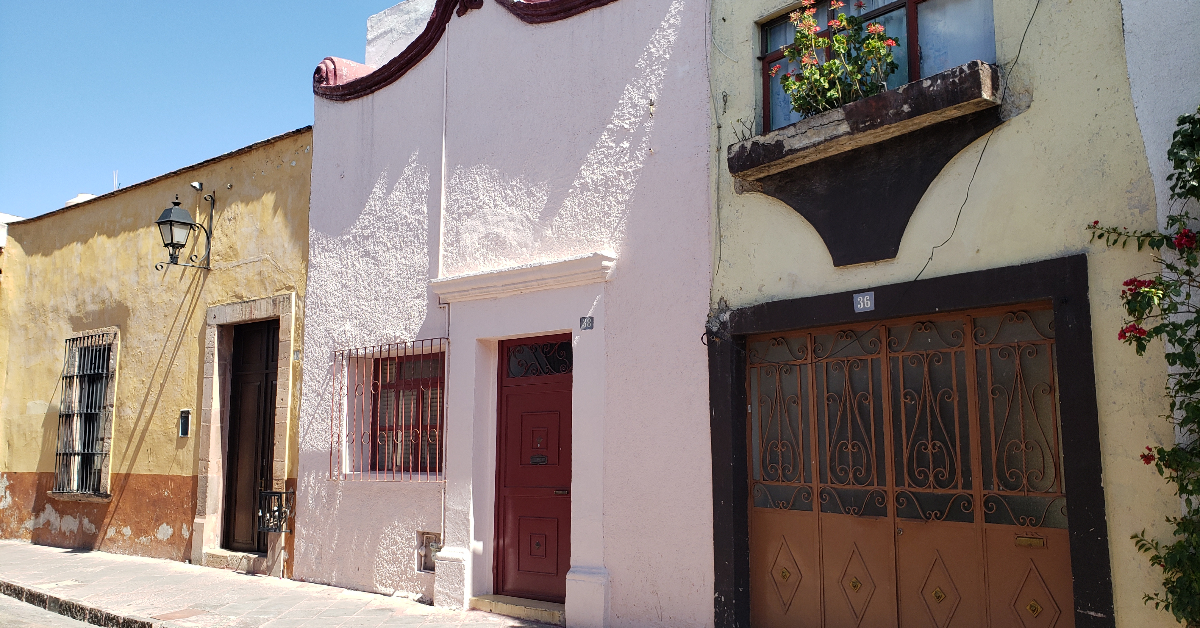It can be said that in Mexico, the new housing market is more dynamic, however, circumstances are changing rapidly, and people’s preference between new and used housing varies, depending on disposable income, where the person lives people, as well as age.
Based on the information on loans granted for home purchases in Mexico between 2020 and 2022, used homes receive 30% fewer loans than new ones, although the gap has narrowed in the last two years.
“Only in 2020, used housing loans were equivalent to 63% of new ones, while in 2021 and 2022 it was more than 70%,” said Tuhabi, a technology company in the real estate sector.
The reduction in this gap could be due, in part, to the contraction that the economy has suffered since the pandemic, as well as to the inflationary situation, but also to the fact that the supply of used housing is concentrated in areas of the cities that have become more attractive since they are comparatively more affordable and extensive than the new one.
“We have observed that the demand for housing remains strong despite a context of inflation and increases in interest rates. This indicates that Mexican families are still willing to realize their dream of having a home. However, we believe that the purchase and sale of housing must be accompanied by more information, support, and reliable processes that allow people to make the best decision”, said Juan Sokoloff, vice president of Data & Analytics of the company.
He added that the average amount of loans for new housing was almost $880,000 pesos on average (about $45,000 USD) during the three years of study, while for used housing it was 750,000 pesos (about $39,000 USD). This 15% difference is related to a price difference between used and new units.
Despite the fact that in Mexico there is no classification of homes by income stratum of buyers, there is a classification according to the characteristics of the homes, as well as their price.
Economic housing is considered to be those that cost up to $345,000 pesos ($18,000 USD) and have a maximum extension of 40 m2, followed by low-income housing with a cost of up to $585,000 pesos ($30,000 USD) and with a size of 50 m2, then there are traditional dwellings that cost up to million pesos (mdp) ($52,000 USD) and 71 m2, the average home costs up to $2.2 pesos ($110,000 USD) and measures up to 201 m2, while the residential one costs up to $4.4 pesos ($225,000 USD) and can measure 156 m2.
Data from proptech reveal that loans for new homes are concentrated in the purchase of homes in the medium sector upwards, while used housing loans are limited to medium-sized homes downwards, with 64% of the total.
The states of the country that receive the most loans for housing, both used and new, are Nuevo León, Jalisco, the State of Mexico, Mexico City, and Guanajuato; In addition to having the highest number of loans granted in both segments, they have more new homes than used ones. While in states such as Oaxaca, Campeche, and Tlaxcala, which are the ones that report the least number of loans granted, the majority are for used housing.
In the data-based analysis, the age ranges, gender, and income of people applying for loans for both housing segments were also observed. And although highly different trends were not found for the segments according to demographic characteristics, the majority of the loans granted oscillate in people between 30 and 59 years of age, preferring the used one since they request 7% more loans than for the segment of new housing.
It can be said that in Mexico, the new housing market is more dynamic, however, circumstances are changing rapidly, and people's preference between . . .












